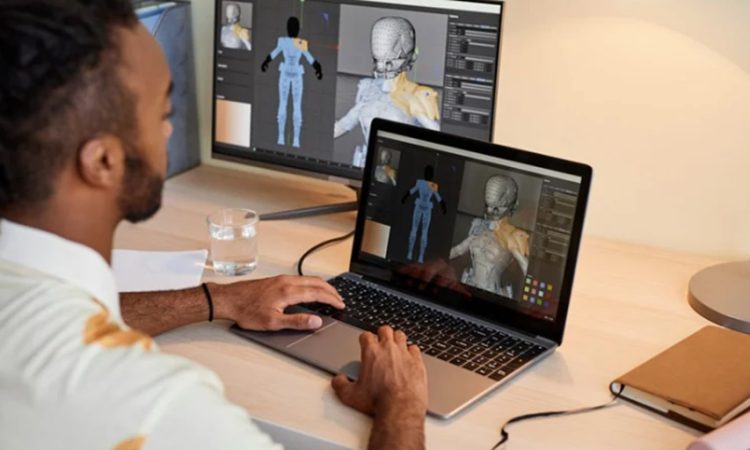
In today’s digital age, characters no longer live only on paper; they exist in immersive, multidimensional worlds shaped by advanced technology and artistic vision. The journey from idea to screen is intricate, and it all begins with the development of 3D digital artwork. This process is essential in gaming, animation, film, and virtual environments, where well-designed characters define storytelling and audience connection.
From Concept to Structure: The First Stages
Every memorable 3D character begins with a concept. Designers sketch out ideas, focusing on personality traits, narrative roles, and unique features. This phase is where creativity is at its peak, laying the foundation for the character’s structure and function.
Once the concept is solidified, artists transition to digital sculpting using specialized software. This is where the sketch transforms into a basic 3D form. Understanding the design process from sketch to screen is crucial here, as it helps artists balance form and function, ensuring characters are not only appealing but also functional in motion. Artists must take into account proportions, symmetry, and silhouette, all of which contribute to how the character will animate and interact with their environment.
Software like ZBrush or Blender allows designers to sculpt fine details such as facial features, muscle definition, and costume elements. It’s in this stage that the character begins to take on life, capturing visual interest and emotional depth.
Texturing, Rigging, and Bringing Characters to Life
Once modeling is complete, artists begin texturing, adding color, surface detail, and material finishes to the character. This phase introduces skin tones, fabric textures, scars, or metallic sheens, depending on the character’s role. High-resolution texture maps are applied using software such as Substance Painter, adding realism and richness.
Following texturing, rigging is introduced. This involves building a digital skeleton within the model so that it can move. Bones, joints, and controls are added to facilitate animation. Rigging demands precision, as it directly influences how naturally a character moves.
The final step in this process is animation, where the character is brought to life. Whether through motion capture or keyframe animation, artists breathe movement and expression into the model. The complete process, from sculpt to screen, is not only technical but deeply artistic, combining imagination with mechanics.
The Role of 3D Art in Modern Media
As entertainment and interactive industries grow, the role of 3D digital artwork becomes increasingly important. These characters are central to narratives in gaming, streaming, virtual events, and advertising. Their design directly influences how audiences perceive emotion, storyline, and realism.
Understanding how 3D artwork shapes modern animation and design gives insight into its widespread application. Whether in character-driven storytelling or brand mascots, 3D character design merges art with technology, setting the tone for the entire visual experience.
Today’s digital characters don’t just entertain, they communicate, guide, and engage. From educational platforms to immersive marketing campaigns, 3D character design continues to redefine the way we experience media.
Conclusion
The creative process behind 3D character design is layered, requiring both technical expertise and artistic insight. From early sketches to complex rigging, every step contributes to building characters that resonate with audiences. As demand for immersive content grows, mastering the tools and techniques behind 3D digital artwork will remain a cornerstone of visual storytelling.




